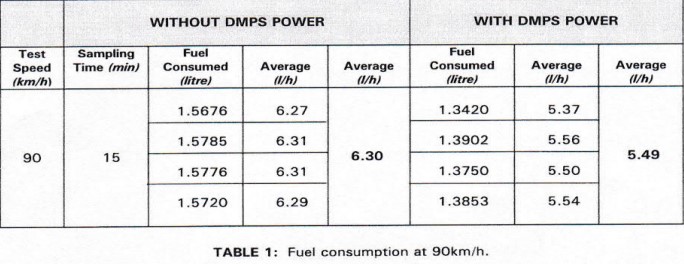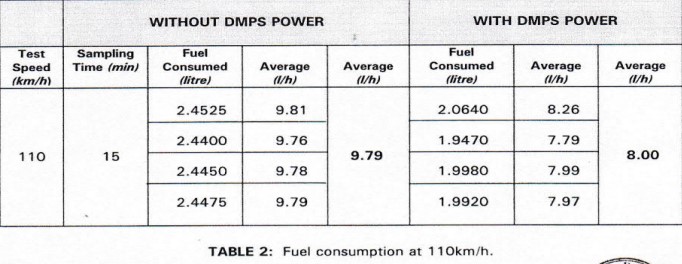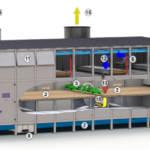Petrol Vehicle Power Measurement Test

Tests were conducted to evaluate the effects of ORGANIC FUEL ADDITIVE upon a petrol vehicle’s performance in terms of:
- Exhaust emission level, CO and HC levels
- Maximum power output
- Fuel consumption
For this purpose, comparative tests were conducted whereby measurements of exhaust emission level, maximum power output and fuel consumption were carried our BEFORE and AFTER addition of ORGANIC FUEL ADDITIVE to the test vehicle.
Test methods
- LPS13 Power measurement test procedure
- MS1207 Determination of exhaust Carbon Monoxide at idle speed for motor vehicle
- Fuel consumption at 90km/h and 110km/h
Measurement procedures
- Exhaust Emission Level – For petrol vehicle, the exhaust gases namely, Carbon Monoxide (CO) and Hydrocarbon (HC) were measured at idling speed.
- Power Measurement – The maximum power of the test vehicle were measured using a Chassis Dynamometer.
- Fuel Consumption Measurement – Fuel consumption measurement was carried out while the test vehicle was being driven on a Chassis Dynamometer simulating on-the-road driving condition. The amount of fuel consumed in 15 minutes was measured while the vehicle was being driven at a constant speeds of 90km/h and 110km/h.
Equipment
- MAHA Chassis Dynamometer
- Motor Branch Exhaust Gas Analyzer
- PLU 401/108 Fuel Metering System
Testing
- Carry out exhaust emission level, maximum power and fuel consumption measurements as described.
- Add ORGANIC FUEL ADDITIVE to the test vehicle as described.
- Run the vehicle for 1000km.
- Repeat Step-1.
Test results





Summary
- Fuel consumption reduced by 12.9% at 90km/h
- Fuel consumption reduced by 18.3% at 110km/h
- Maximum power increased by 0.92%
- Carbon Monoxide (CO) reduced by 52.6%
- Hydrocarbon (HC) reduced by 30.6%
Contact us
email : sales [at] cemax [dot] com [dot] my whatsapp : +60 16 207 5400






Leave a Reply